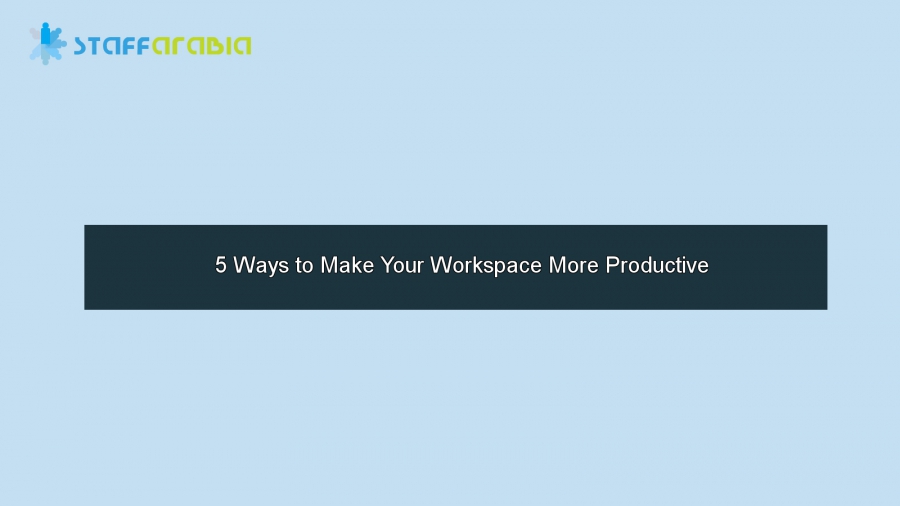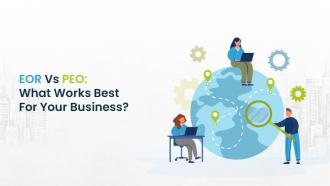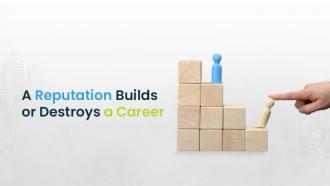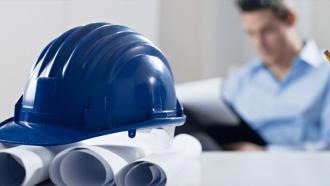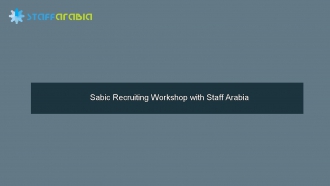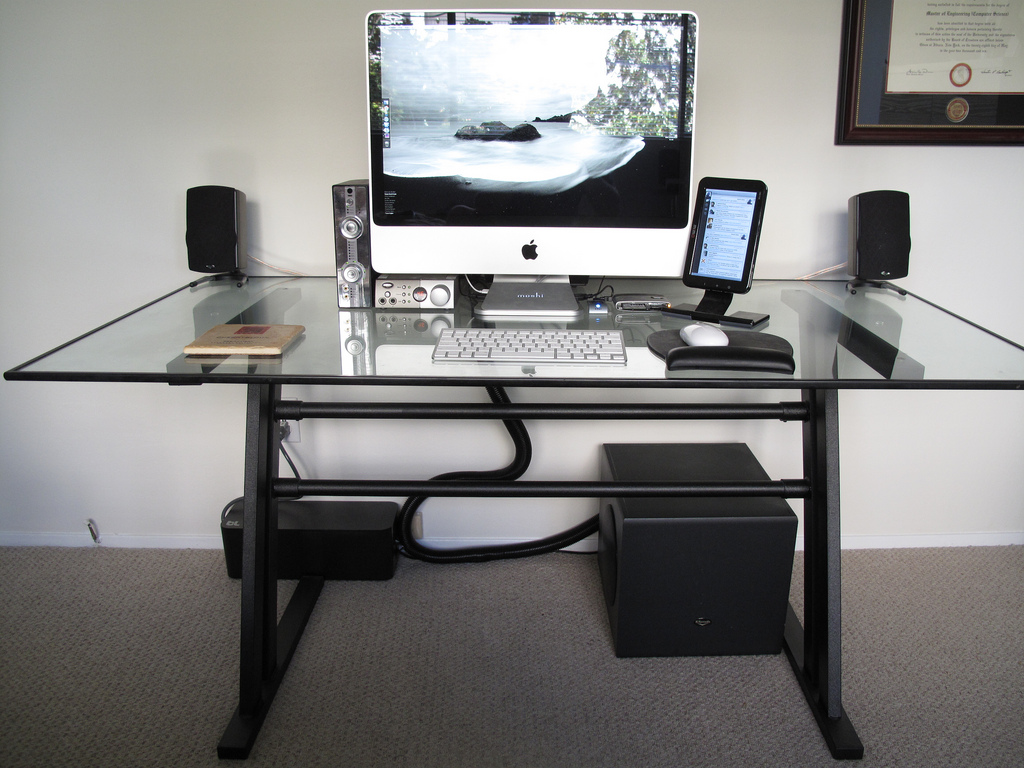
Think about your workplace—is it more like Grand Central or Penn Station? It’s not a question of size. Think about things like the openness, light, flow, and simplicity. These can have a huge impact. Here are some tips to help you make your space work for you.
1. Open up your workspace.
Even in a small space, you can arrange a desk so it’s positioned looking out, toward natural light or angled in an optimal direction. This will create a different spaciousness than just facing your workspace toward the wall and greeting visitors with the back of your head.
2. Only use the light you need.
If you can turn off the fluorescent lights, do. Even though we tend to work in completely lit up spaces and on lit screens, most spaces will actually lit up enough to work in without fluorescents because of basic building requirements. Reducing the amount of ambient light in your workspace and optimizing the light you do need (with desk lighting for example) can reduce eye strain and even help our circadian rhythms be more regulated. (Take note, night owls!)
3. Eliminate clutter and create better flow.
As the old saying goes, a cluttered desk represents a cluttered mind. In this day and age, we often need less physical materials and tools to do our work. So take a hard look at what you really need within reach and remove other objects that could be potential distractions. This will help you think more strategically about the work you do, and allow you to make space for the most important things.
4. Borrow ideas from great spaces.
Think about a space that calms you down. Think about one that excites you. What parts of those spaces do you like best? Borrowing ideas from other spaces (for example, borrowing calming colors from nature) and incorporating them in small ways into your workspace can help foster those types of moods when you’re working.
5. Consider the whole office.
For those of you who work in offices with other people, thinking about your larger work environment is important, too. Consider all of the above factors to create an environment that support the “we” of an organization, as well as the “me” of individual work. Things like space planning, furniture selection and technology all play a role in your overall workplace environment. That feeling of being a part of something larger is an important motivator—the same way getting swept along with the crowd in Grand Central Station is both an individual and a collective experience. By building a space that supports your productivity and creativity, you’ll get a boost of energy and, hopefully, spark a little inspiration.

